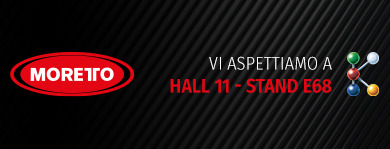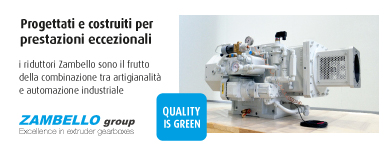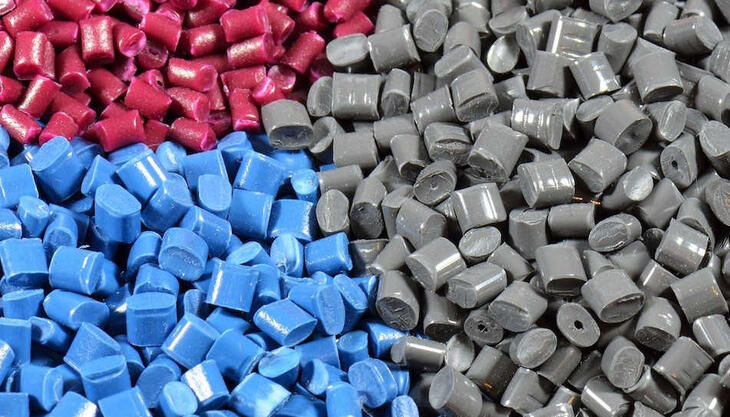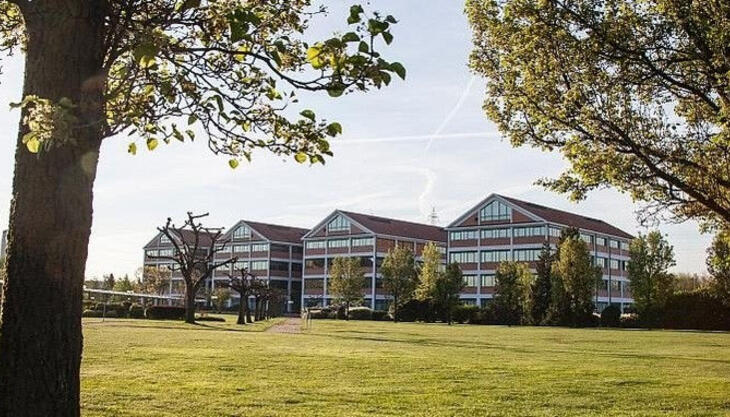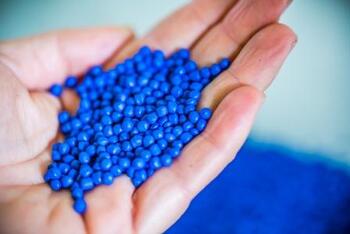
A recent report from industry consultants Applied Market Information, shows that polymer demand is slowly returning to growth, after nearly three years of fairly flat market conditions, but markets are potentially being harmed by the shortages of raw material. In AMI's 2015 European Plastics Industry Report, European polymer markets are forecast to grow by 1.3% this year, building on a recovery of less than 1% for 2014. However, even this modest gain is under risk from the region's tight supply for many materials and rapidly rising prices.
As a result the European plastics industry in 2015 finds itself in another period of upheaval and change as it looks to pull out of the stagnation caused first by the Great Recession in 2008-2009 and then by the eurozone crisis 2012-2013. In the two years since AMI published its last review, in 2013, demand has barely shifted from just over 36 million tonnes and the volume of polymers consumed in 2014 was still some 10% below that used in 2007 before the Great Recession hit.
However, whilst at a top line level the trend looks pretty static, patterns of demand have been variable by polymer, by application and by country and the report shows who have been the winners and losers over the past five years. Demand for LL/LDPE, for example, has shown no overall growth through a combination of material shortages, reformulations and packaging downgauging. HDPE in contrast which has less exposure to the film sector has seen more solid growth approaching 2% for 2014, driven by developments in closures, automotive applications and some pipe applications, although film markets have been weak for similar reasons to LL/LDPE. The PP market has developed positively driven by increasing automotive production (which was up 4% in 2014 after two rather flat years) and strong demand for food packaging and medical/hygiene products. Polystyrene, however, remains structurally weak with the market continuing to be eroded by its relatively high price, supply issues and the attrition of processing capacity.
The aforementioned rise in automotive production during 2014 helped drive demand for engineering resins. There was also growth for electrical applications driven by the switch to LED lighting, but building markets on the whole remained relatively subdued which contributed to flat demand for PVC and a 1% decline in EPS volumes.
As has been the trend for several years, demand was stronger in Central and Eastern Europe compared with Western Europe. Overall Western Europe showed very little volume growth while Central and Eastern Europe saw increased demand of 2.7% and most of the countries in the East now have a polymer demand well ahead of where they were in 2007, while, with the exception of Germany, nearly every country in Western Europe, has a market demand still 10% or more below their 2007 volume.
At the half way point of 2015 demand was better than it had been for sometime but the industry was grappling with issues around rapidly rising prices and tight supply which may dampen the improving outlook. Europe still faces many underlying macroeconomic and structural issues with several economies still facing difficult decisions and probably years of relatively weak economic growth which will act as a dampener on polymer demand. Others are hoping they are at the start of a more sustained economic recovery, but even so this is likely to, in truth, be disjointed across industries, end use applications and polymers. Given the cautious outlook for the European economy polymer demand in Europe is expected by AMI to average growth of just over 1%/year, for the 5-year period 2014-2019. Given this, European thermoplastic demand in 2019 will still be below the 2007 market peak.







